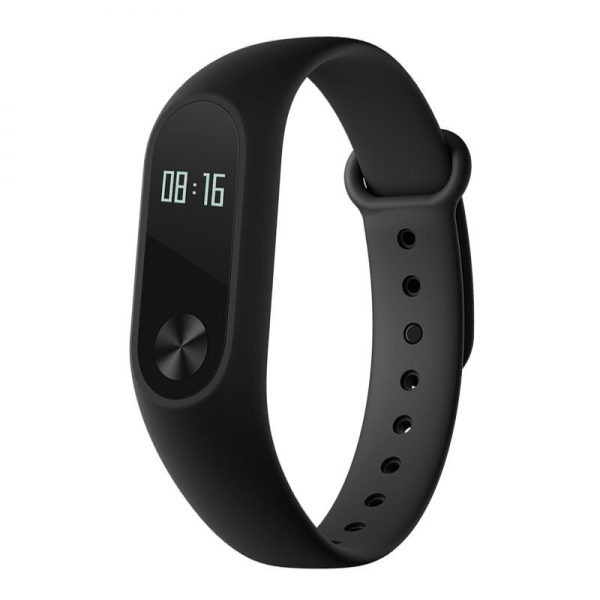
Firmware updates are also transferred directly to the bracelet via the app. Once the app has established a connection with the Mi Band 2, existing data is automatically synchronized. All you have to do is create a “Mi” account and activate the smartphone's bluetooth. The app does the first pairing almost fully automatically. The "Mi Fit" app required for pairing is available in the Google PlayStore as well as in the Apple App Store. The transmission standard of the bracelet is Bluetooth 4.0. To be able to use the Xiaomi fitness bracelet you need a smartphone with Android 4.4 or higher or an Apple iPhone with at least iOS 7. This simple gesture control can be activated within the Mi Fit app. In addition, the display can also be activated by lifting the wrist towards the head. The display impresses with its rich black level and easy-to-read presentation, both day and night. Individual entries were clearly recognized in the course of the practical test. Instead, it is operated using a capacitive button located below the display. The fitness tracker does not have a touchscreen, which is why it cannot be controlled by swiping. The summary of the entire process is as follows.For the first time, the Xiaomi Mi Band 2 has an OLED display with a diagonal of 0.42 inches. But, post the setup, you can uninstall the Zepp app and the sync would work just fine.

Sync Strava With Mi Band Without Any Third-Party Appīefore we get to the process, we would need to install an additional app called Zepp (formerly Amazfit).
This method works with any Mi Band that connects to the Mi Fit app. Thankfully, due to a small bug within the Mi ecosystem, you can indirectly upload your Mi Band workout to Strava. However, it requires you to purchase a pro account which will set you back $3.29.

One way to fix this is by using third-party apps like Notify for Mi Band app to upload workout data from the Mi Band 5 to Strava. The Mi Fit app doesn’t automatically sync with popular workout apps like Strava, Nike Run Club, etc.


 0 kommentar(er)
0 kommentar(er)
